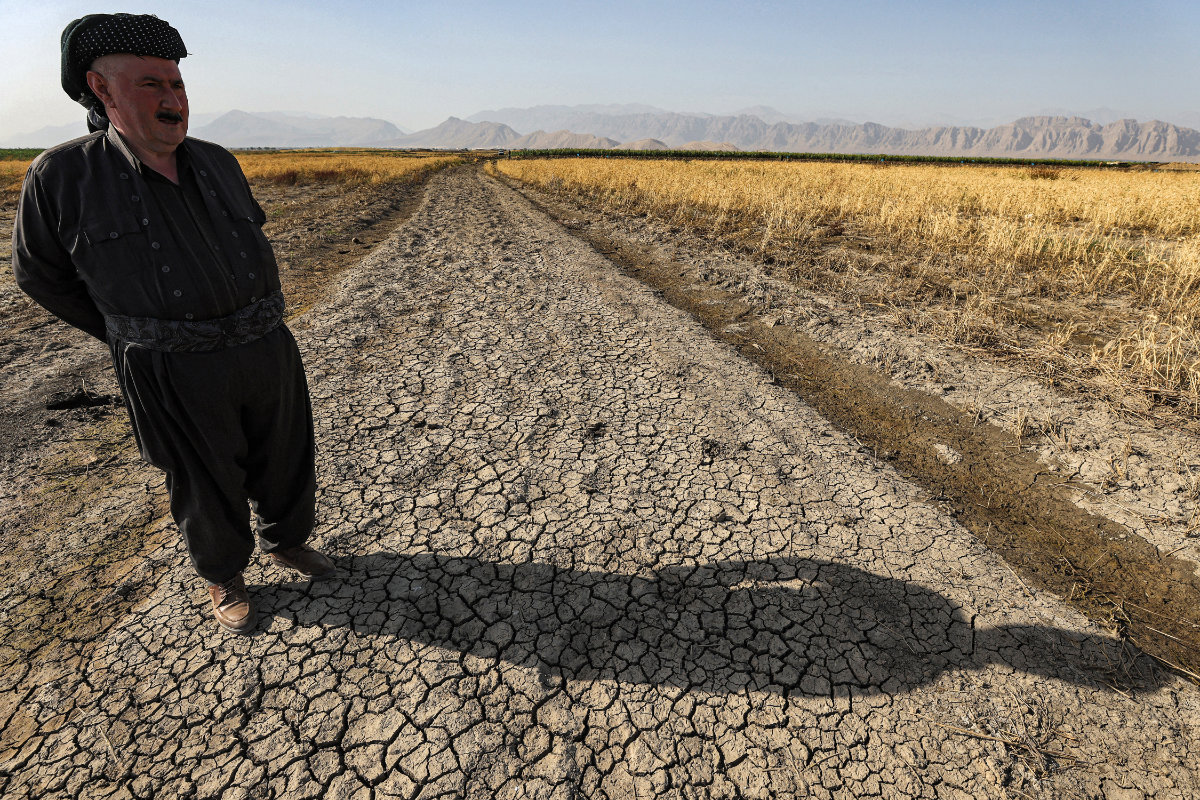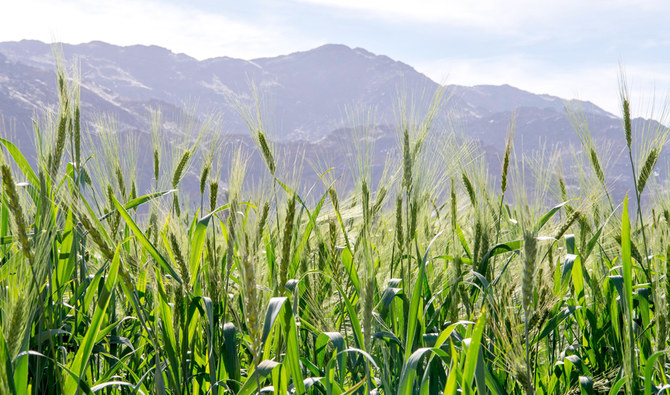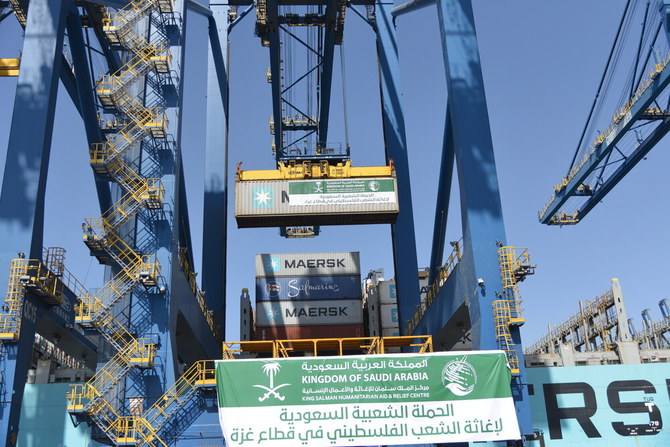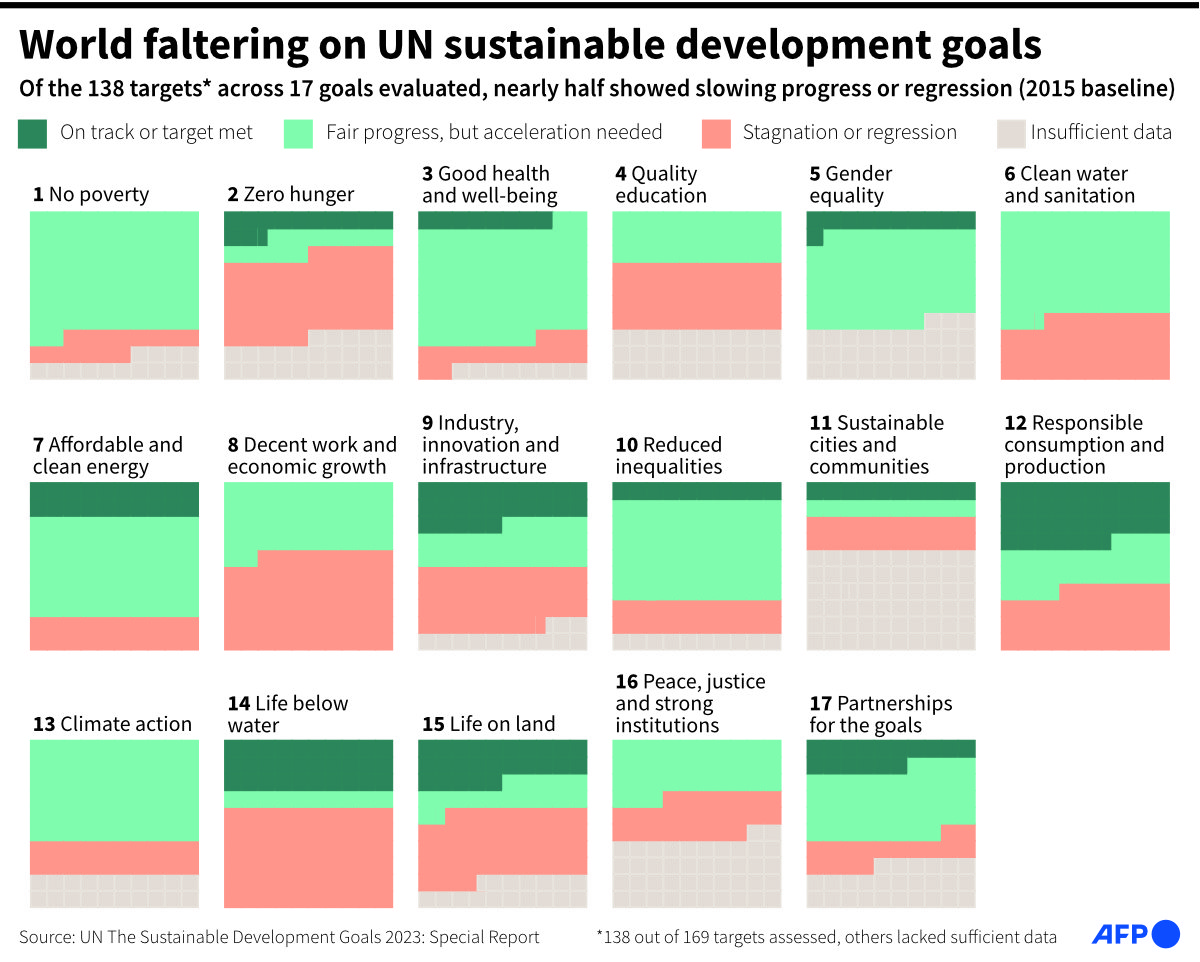KHAN YOUNIS, Gaza Strip: Israel on Sunday ordered more evacuations in and around Gaza’s second-largest city of Khan Younis, followed by heavy bombardment, as the military’s offensive shifted to the southern half of the territory where Israeli officials assert that leaders of the Hamas militant group are hiding.
Palestinians in the Gaza Strip said they were running out of places to go in the sealed-off territory that borders Israel and Egypt. Many of its 2.3 million people are crammed into the south after Israel ordered civilians to leave the north in the early days of the war, which was sparked by the Oct. 7 attack by Hamas and other militants that killed about 1,200 people, mostly civilians, in southern Israel.
The United Nations estimates that 1.8 million Gazans have been displaced.
Heavy bombardment was reported around Khan Younis and the southern city of Rafah, as well as parts of the north that had been the focus of Israel’s shattering air and ground offensive. Juliette Toma, director of communications at the UN agency for Palestinian refugees, said nearly 958,000 displaced people were in 99 United Nations facilities in the southern Gaza Strip.
UN human rights chief Volker Türk urged an end to the war, saying civilian suffering was “too much to bear.”
The Health Ministry in Hamas-run Gaza said the death toll there since Oct. 7 has surpassed 15,500. The ministry does not differentiate between civilian and combatant deaths, but said 70 percent of the dead were women and children. It said more than 41,000 people had been wounded.
A Health Ministry spokesman asserted that hundreds of people had been killed or wounded since the cease-fire ended. “The majority of victims are still under the rubble,” Ashraf Al-Qidra said.
Meanwhile, fears of a wider conflict intensified. A US warship and multiple commercial ships came under attack Sunday in the Red Sea, the Pentagon said. Yemen’s Iran-backed Houthi rebels claimed attacks on two ships they described as being linked to Israel but did not acknowledge targeting a US Navy vessel.
Hopes for another temporary truce in Gaza were fading. A weeklong cease-fire that expired Friday facilitated the release of dozens of the roughly 240 Gaza-held Israeli and foreign hostages in exchange for Palestinians imprisoned by Israel. But Israel has called its negotiators home, and Prime Minister Benjamin Netanyahu says the war will continue until “all its goals” are achieved. One is to remove Hamas from power in Gaza.

Senior Hamas official Osama Hamdan said resuming talks with Israel on further exchanges must be tied to a permanent cease-fire.
White House National Security Council spokesman John Kirby told NBC’s “Meet the Press” that the US is working “really hard” for a resumption of negotiations.
Israel’s military widened evacuation orders in and around Khan Younis, telling residents of at least five more areas to leave. Residents said the military dropped leaflets ordering them to move south to the border city of Rafah or to a coastal area in the southwest. “Khan Younis city is a dangerous combat zone,” the leaflets read.
But Halima Abdel-Rahman, a widow and mother of four, said she won’t heed such orders anymore. She fled her home in October to an area outside Khan Younis, where she stays with relatives.
“The occupation tells you to go to this area, then they bomb it,” she said by phone. “The reality is that no place is safe in Gaza. They kill people in the north. They kill people in the south.”
The United States, Israel’s closest ally, has urged Israel to avoid significant new mass displacement and do more to protect civilians. US Vice President Kamala Harris also told Egypt’s president that “under no circumstances” would the US permit the forced relocation of Palestinians from Gaza or the West Bank, an ongoing siege of Gaza or the redrawing of its borders.
On the ground in Gaza, there was frustration and mourning. Outside a Gaza City hospital, a dust-covered boy named Saaed Khalid Shehta dropped to his knees beside the bloodied body of his little brother Mohammad, one of several bodies laid out after people said their street was hit by airstrikes. He kissed him.
“You bury me with him!” the boy cried. A health worker at Al-Ahli Baptist Hospital said more than 15 children were killed.
Israel’s military said its fighter jets and helicopters struck targets in the Gaza Strip including “tunnel shafts, command centers and weapons storage facilities,” while a drone killed five Hamas fighters. Military officials acknowledged ”extensive aerial attacks in the Khan Younis area.”
The bodies of 31 people killed in Israeli bombardment of central Gaza were taken to the Al-Aqsa hospital in Deir Al-Balah, said Omar Al-Darawi, a hospital administrative employee. One woman wept, cradling a child’s body on her lap. Another carried the body of a baby. Later, hospital workers reported 11 more dead after another airstrike. The bloodied survivors included a child carried in on a mattress.
Outside a morgue in Khan Younis, resident Samy Al-Najeila carried the body of a child. He said his sons had been preparing to evacuate their home, “but the occupation didn’t give us any time. The three-floor building was destroyed completely, the whole block was totally destroyed.” He said six of the bodies were his relatives.
“Five people are still under the rubble,” he said. “God help us.”

A member of the Israeli border police runs during a raid at the Balata camp for Palestinian refugees, east of Nablus in the occupied West Bank on November 23, 2023. (AFP)
During a short trip to the UAE as the top American representative at the UN climate conference, Harris said: “Too many innocent Palestinians have been killed. Frankly, the scale of civilian suffering and the images and videos coming from Gaza are devastating.”
Mark Regev, a senior adviser to Netanyahu, said Israel was making “maximum effort” to protect civilians. In addition to the leaflets, the military has used phone calls and radio and TV broadcasts to urge Gazans to move from specific areas.
Israel says it targets Hamas operatives and blames civilian casualties on the militants, accusing them of operating in residential neighborhoods. It claims to have killed thousands of militants, without providing evidence. Israel says at least 78 of its soldiers have been killed in the offensive in northern Gaza.
The renewed hostilities have heightened concerns for the 137 hostages who the Israeli military believes are still being held by Hamas. During the recent truce, 105 hostages were freed, and Israel released 240 Palestinian prisoners. Most of those released by both sides were women and children.
The families of hostages have called for an urgent meeting with Israel’s Security Cabinet, saying time is “running out to save those still held by Hamas.”
Elsewhere in the region, Lebanon’s militant Hezbollah group said it struck Israeli positions near the tense Lebanon-Israel border. Eleven people — eight soldiers and three civilians — were wounded by Hezbollah fire in the area of Beit Hillel, army radio reported. The military said its artillery struck sources of fire from Lebanon. It also said its fighter jets struck other Hezbollah targets.
And Iraqi militants with the Iran-backed umbrella group the Islamic Resistance in Iraq said they struck the Kharab Al-Jir US military base in Syria with rockets. A US military official, speaking on condition of anonymity in line with regulations, said rockets hit Rumalyn Landing Zone in Syria but there were no reports of casualties or damage.



































